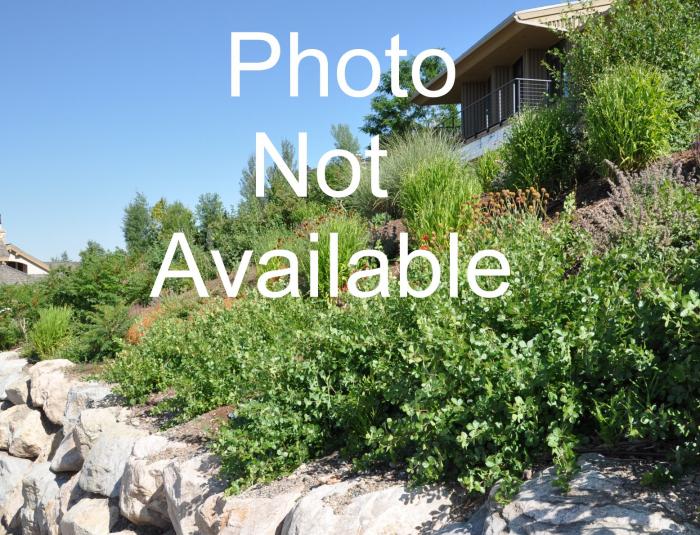| Botanical Name: Daphne cneorum 'Eximea' | |
| Common Name: Eximea Rose Daphne |

-
Anatomy
-
Culture
-
Design
Plant Type
Broadleaf Evergreen, Shrub, Ground cover
Height Range
Under 1'
Flower Color
Pink
Flower Season
Spring
Leaf Color
Dark Green
Bark Color
Brown, Red
Fruit Color
n/a
Fruit Season
n/a
Sun
Half, Shade
Water
High
Growth Rate
Moderate, Slow
Soil Type
Clay, Loam
Soil Condition
Average, Rich, Well-drained, Moist
Soil pH
Neutral
Adverse Factors
n/a
Design Styles
English Cottage, Formal, Japanese, Woodland
Accenting Features
Fragrance, Showy Flowers
Seasonal Interest
Spring
Location Uses
Entry, Shrub Border, Foundation, Patio, Walkways
Special Uses
Cut Flowers, Small Spaces
Attracts Wildlife
n/a
Information by: Stephanie Duer
Photographer:
Photographer:
-
Description
-
Notes
'Eximea' is a cultivar of D. cneorum, selected for its slightly larger leaf and flower size. Like the species, 'Eximea' has dark green to grey-green leaves and deep pink, fragrant flowers. Place it near a walk or gateway so that it's lovely fragrance may be enjoyed. With it's prostrate habit, it may be used as a groundcover, but it is slow growing.
Best grown in rich, sandy-loam, well-drained soils with a neutral pH in part shade. Consider raised plantings in areas of heavy clay soils to insure good drainage. Benefits from a summer mulch or ground cover which will help keep roots cool (sweet woodruff or ajuga are particularly nice). Best sited in a location protected from winter winds. Daphnes are often slow to establish and are best left undisturbed once planted. Do not shear, but prune selectively if necessary. Non-variegated forms tolerate more sun. All parts of the plant are poisonous. Hardy to USDA Zone 4.